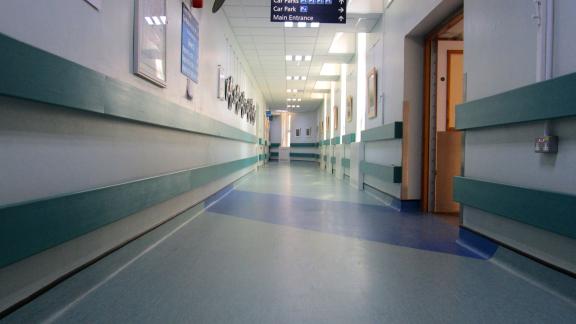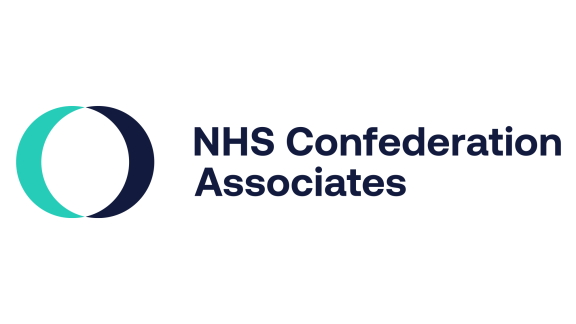Analysis: March release of NHS performance statistics

At a glance
- The latest monthly performance data shows the waiting list rose to 6.1 million by the end of January this year, with increases in long waiters – notably, we saw a significant increase of almost one fifth in the number of NHS patients waiting over two years.
- This is on a backdrop of 1.24 million consultant- led treatments delivered in January 2022, in addition to 280,000 more diagnostic tests compared to the same month in 2021.
- Compared to pre-pandemic levels the NHS is currently delivering record numbers of first consultant appointments for cancer. However due to the significant demand, we are seeing key metrics including performance against the 62-day target from urgent referral to start of treatment slipping to the worst level on record.
- Emergency care remains under pressure, with A&E attendance remaining high in January, and a fall in performance with fewer than half of patients being seen within four hours.
- The latest monthly performance statistics come as we start to see increases in COVID-19 cases and hospital admissions, with over half of COVID-19 patients in the north west being treated 'primarily' for the disease. Whether this will result in a sustained rise remains to be seen. Given the impact of infection control on capacity, this is a trend that we continue to follow closely.
- The NHS winter sitrep covering the last week, also published today, shows that we continue to see staff absences at high levels with 55,832 on an average day last week.
Elective waiting list
Today’s data shows the waiting list rose to 6.1 million by the end of January, up from 6.07 million in the previous month. Of these, 311,528 were waiting over 52 weeks and 23,778 over 104 weeks, which both increased from 310,813 and 20,065 respectively.
Of note is the change is in the number of NHS patients waiting over two years, which has risen 18.5 per cent. NHS has a target to eliminate all 104-week waiters by July, so this increase is of concern.
There were 1.51 million joiners to the waiting list in January; for context in January 2019 there were 1.79 million and 1.74 million in January 2020, while an average month in 2019 saw 1.68 million joiners. The data continues to show higher levels of clock starts than during the pandemic, but not a significant uptick or the return of ‘missing patients’.
Meanwhile there were 1.24 million ‘clock stops’ or removals from the waiting list. The average across 2019 was 1.38 million, which includes patients admitted to hospital as well as patients whose referral to treatment (RTT) clock stopped for other reasons than an inpatient or day-case admission. The highest number of clock stops since the pandemic began was 1.42 million in November 2021.
Cancer
Based on a NHS Confederation deep dive into cancer data last month, we know there are currently high levels of care being delivered to support cancer patients. The latest annual data also shows more than 2.6 million people were checked for cancer in the year to January 2022, an increase of over half a million compared to the year before.
This trend continues. The number of first consultant appointments following urgent GP referrals in January 2022 was 202,816; for comparison there were 215,393 in December 2021 and the record ever was over 246,000 in November 2021. Between 2015 and March 2020, the start of the pandemic, the average first consultant appointments per month was 167,319. The previous record was 191,852 in January 2020.
Performance against the two-week standard was the worst ever on record, with 75 per cent of patients seen within two weeks. Given the pressures the service was seeing due to the Omicron peak of infections in January, this is expected but not welcome.
Performance against the two-month wait from GP urgent referral to first treatment also fell to 61.8 per cent. Last month at 67 per cent had been the lowest percentage ever, and performance on the two-week wait breast symptomatic standard was 49.4 per cent, having been 50.9 per cent last month. Prior to November 2020 this had never been below 70 per cent.
Emergency care
60.8 per cent of the 1.21 million type 1 A&E attendances were within four hours in February, a decrease from last month’s 62.3 per cent. In previous years, this was 77.4 per cent of 903,771 attendances (2021), 73 per cent of 1.24 million (2020) and 75.6 per cent of 1.23 million (2019).
‘Trolley waits’ also continue to be a problem. There were 16,404 waits of over 12 hours from decision-to-admit, through to admission, slightly lower than January’s record of 16,558 while four-hour trolley waits also decreased slightly from 122,427 to 114,910.
Trolley waits are not a full representation of the number of patients waiting in A&E for that length of time, just those who were waiting to be admitted. This is evidenced by the difference between the four-hour waits above and four-hour waits from decision-to-admit to admission. The Royal College of Emergency Medicine’s report Crowding and its Consequences goes into some of the effects caused by these long waits.
What do the latest weekly statistics tell us? 28 February – 6 March
Ambulance handover delays
We focused on ambulance handover delays in our February article, showing the challenge faced by the whole system to improve delays, how these delays are much higher than previous years and the impact of them including the increased risk of patient harm and the knock- on effect on ambulance response times. Handover delays are a whole system issue demanding a whole-system approach.
The picture continued to deteriorate for week ending 6 March. There were slightly fewer (83,796) ambulance arrivals, but increased delays with 18,799 over 30 minutes (22.4 per cent) and 7,672 (9.2 per cent) over 60 minutes. These are similar levels seen at the beginning of January.
Discharges
While handover delays show pressure on the ‘front door’, discharge metrics this winter have shown challenges at the ‘back door’.
On an average day during week ending 6 March, 11,745 patients remained in hospital despite being medically fit to be discharged. That means 44.88 per cent of the total 21,308 medically fit to leave hospital were successfully discharged.
The chart below shows that the percentages of medically-fit patients successfully discharged have slightly decreased since the start of December, despite concerted efforts of NHS organisations to improve patient flow.
How is the NHS performing?
View our analysis of the latest NHS performance figures for a rounded view of how healthcare services are coping under immense pressure.



